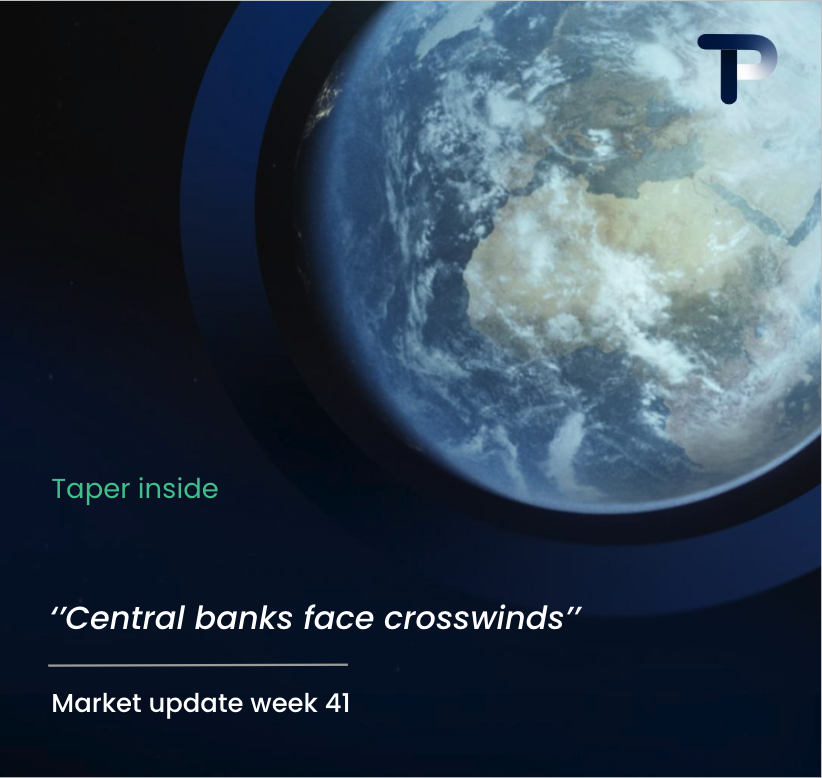Yes, you should consider hedging currency risk when making international payments, particularly for large transactions, regular payment schedules, or when operating with tight profit margins. Currency hedging becomes worthwhile when the cost of protection is outweighed by the potential losses from adverse exchange rate movements. The decision depends on your transaction size, payment timing, risk tolerance, and the volatility of the currencies involved.
When Should Businesses Hedge Their Currency Exposure?
The decision to hedge currency exposure isn’t one-size-fits-all. It depends on several factors that determine whether the protection justifies the cost.
Transaction size thresholds play a significant role in hedging decisions. For smaller payments under £10,000, hedging costs often exceed potential savings. However, larger transactions warrant serious consideration, as even a 2-3% currency movement can substantially impact your bottom line.
Payment timing considerations are equally important. If you’re making a one-off payment next week, currency fluctuations pose minimal risk. But when you have scheduled payments over several months or need to budget for future expenses, exchange rate volatility becomes a genuine concern.
Your business risk tolerance levels determine your hedging strategy. Conservative businesses operating on thin margins might hedge smaller amounts, while companies with healthy cash flows may accept more currency risk. Consider these scenarios where hedging makes sense:
- Regular supplier payments in foreign currencies
- Large property purchases or equipment acquisitions abroad
- Contractual obligations with fixed foreign currency amounts
- Budget-sensitive projects where cost overruns could impact profitability
The volatility of currency pairs also influences hedging decisions. Emerging market currencies typically require more protection than stable currency pairs like EUR/GBP.
What Are the Main Currency Hedging Methods for International Payments?
Several hedging instruments can protect your international payments from currency fluctuations, each suited to different business situations and payment volumes.
Forward contracts are the most common hedging tool. You agree to exchange currencies at a predetermined rate on a future date, regardless of market movements. This provides complete certainty about your payment costs but locks you into the rate even if it moves favourably.
Currency options offer more flexibility than forwards. You pay a premium for the right to exchange currencies at a specific rate, but you’re not obligated to do so. If rates move in your favour, you can let the option expire and use the better market rate.
Natural hedging strategies involve structuring your business to reduce currency exposure without financial instruments. This might include:
- Matching foreign currency income with foreign currency expenses
- Negotiating contracts in your home currency
- Using multi-currency accounts to hold funds in various currencies
- Timing payments when exchange rates are favourable
Each method has different cost structures and suitability factors. Forward contracts work well for regular, predictable payments. Options suit businesses wanting protection with upside potential. Natural hedging strategies often provide the most cost-effective long-term solution.
For smaller businesses with occasional international payments, maintaining balances in multiple currencies through multi-currency accounts can provide practical risk mitigation without complex financial instruments.
How to Evaluate the Cost-benefit of Currency Hedging Strategies
Assessing whether hedging makes financial sense requires comparing the cost of protection against potential losses from currency movements.
Premium calculations form the foundation of your cost-benefit analysis. For forward contracts, the cost is typically built into the exchange rate through the forward premium or discount. For options, you pay an upfront premium that might range from 1-5% of the transaction value, depending on the currency pair and time to expiry.
Opportunity costs must be factored into your analysis. When you hedge, you give up potential gains from favourable currency movements. Consider the historical volatility of your currency pair and the likelihood of movements in either direction.
Break-even analysis helps determine your hedging threshold. Calculate the currency movement needed to offset your hedging costs. If a forward contract costs you 1% compared to the spot rate, the currency needs to move more than 1% against you for the hedge to be worthwhile.
Measuring hedging effectiveness involves tracking these key metrics:
- Percentage of exposure hedged versus unhedged losses
- Cost of hedging as a percentage of transaction value
- Frequency of hedging decisions that proved beneficial
- Impact on cash flow predictability and budgeting accuracy
Determining optimal hedge ratios requires balancing protection with flexibility. Many businesses hedge 70-80% of their exposure, maintaining some upside potential while protecting against significant adverse movements.
Consider your business cycle when evaluating hedging strategies. Companies with seasonal payment patterns might hedge differently than those with steady monthly obligations. Regular review of your hedging policy ensures it remains aligned with your business needs and market conditions.
Currency hedging isn’t about predicting exchange rate movements, it’s about managing financial risk. The right approach depends on your specific circumstances, transaction patterns, and risk appetite. At TaperPay, we understand that every business has unique international payment needs, and we’re here to help you navigate these decisions with clarity and confidence.
Hi there! 👋 I see you're reading about multi-currency IBAN accounts for supply chain payments. Smart choice - these accounts can save businesses 2-4% on every international transaction!
What best describes your current situation with international supplier payments?
Which of these challenges are you currently facing with international payments? (Select all that apply)
What's driving your interest in multi-currency payment solutions? Tell us about your business goals or challenges.
Great! To help us understand your specific needs better, could you share more details about your international payment volume or any particular requirements?
Perfect! Let's connect you with one of our international payments specialists who can show you exactly how Taper's multi-currency IBAN accounts can save you money and streamline your supply chain payments.



